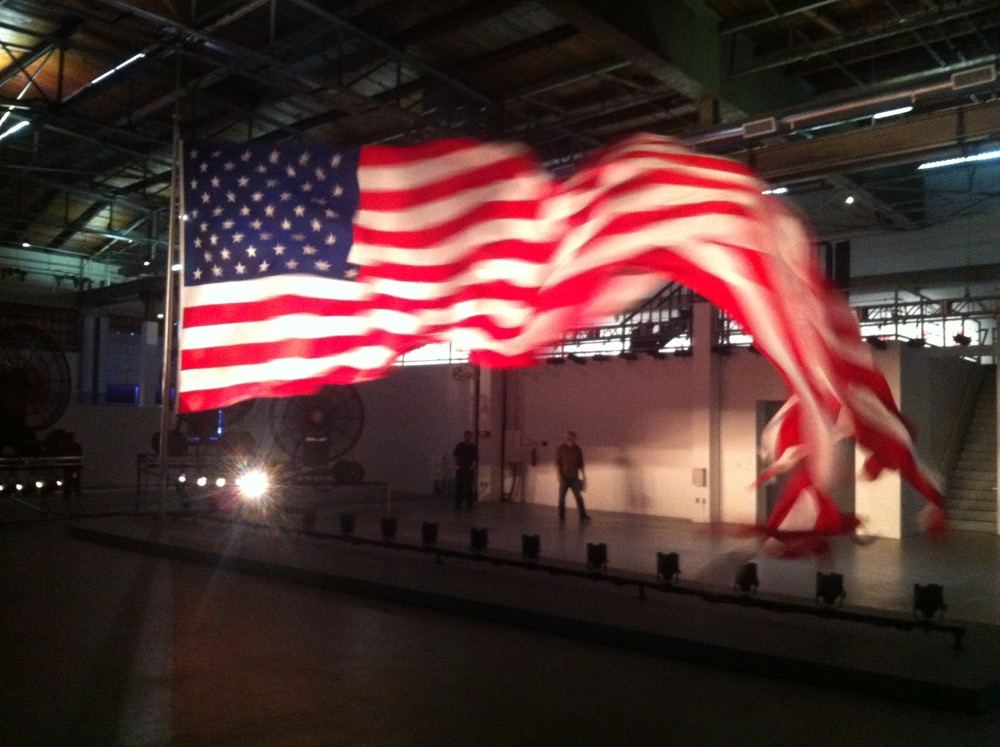Trinket
Earlier in the year I traveled to Los Angeles. Nothing major, just two weeks in and out of the city, a little bit of time in Desert Hot Springs, on the edge of Joshua Tree National Park.
Probably the most commonplace thing you can say about the city is that you spend a lot of time in a car. Even noticing this pegs you as an interloper.
It’s true though: much of what you see scrolls past your car window, lit up at night or bleached out by bright light during the day. It’s a strange feeling made more so by the cumulative effect of the thousands of LA-based films and TV shows – the fantasies that put the city centre stage.
Experience at one remove. Familiar unfamiliarity.
I spent much of my visit wondering what it would be like to live in a city mediated back to you in real time.
Even the ‘real’ aspect of the place has always struck me as heightened, familiar only in its distance. I recall OJ Simpson standing trial for murdering his wife, the roadside beating of Rodney King and the riots that followed. That city was a videotape of a hate crime. It was news footage of urban looting, of endlessly un-spooling freeways traced by spotlight. It too bled into the movies, and vice versa.
Mike Davis, the historian that people like to say LA had to have, sees the city as a vision of hell on earth. He writes like someone who loves the place, but this only means he sees it more clearly. In the brilliant coda to his otherwise unrelated essay White People Are Only a Bad Dream, he goes pretty much as far as you can, positioning it as the embodiment of a pending apocalypse.
For him LA is emblematic of an “already visible future when sprawl, garbage, addiction, violence and simulation (has) overwhelmed every vital life-space west of the Rockies”.
This too is now a commonplace observation, banal almost. The real place claims it without pause, swallows it whole and spits it out as entertainment. (See for example the ongoing spate of LA-set apocalypse movies). But surely there’s truth to it nonetheless. If I knew LA better I’d fall in line with Davis. I’d argue that somewhere within its civic borders the simultaneous horror and promise of the American frontier finds its logical contemporary expression: that part of the city’s appeal is surely the sense that even its most beautiful, ascendant moments are cut through by an undercurrent of latent disaster.
William Pope.L, Trinket, The Geffen Contemporary at MOCA, Los Angeles, 20 March – 28 June 2015.
